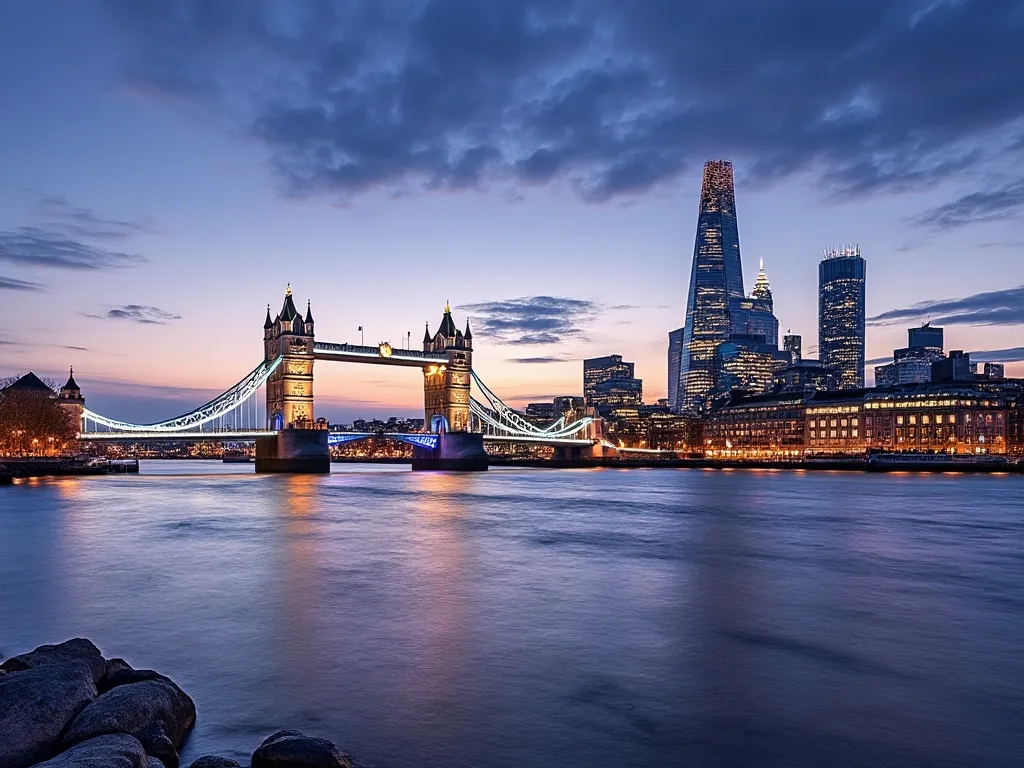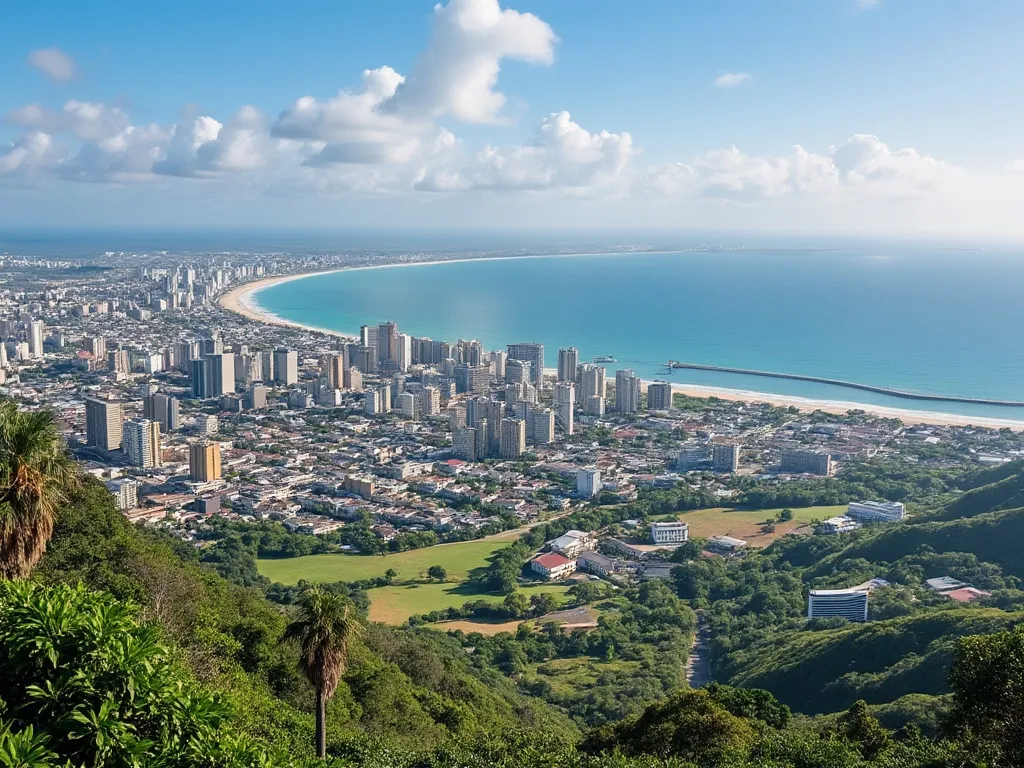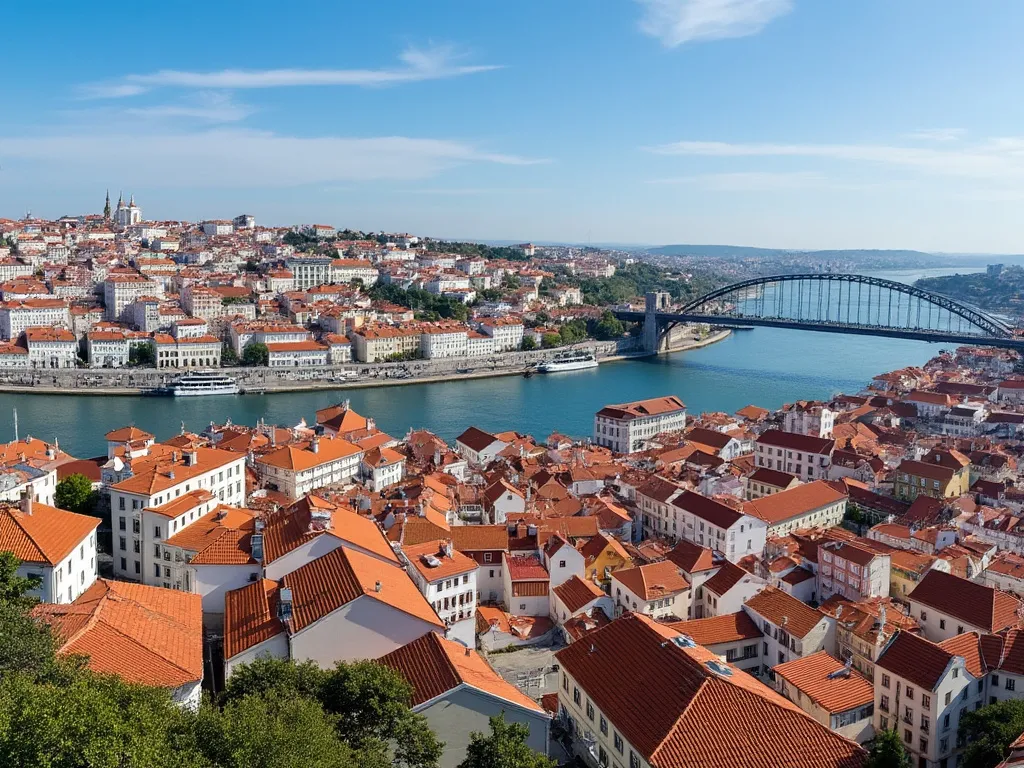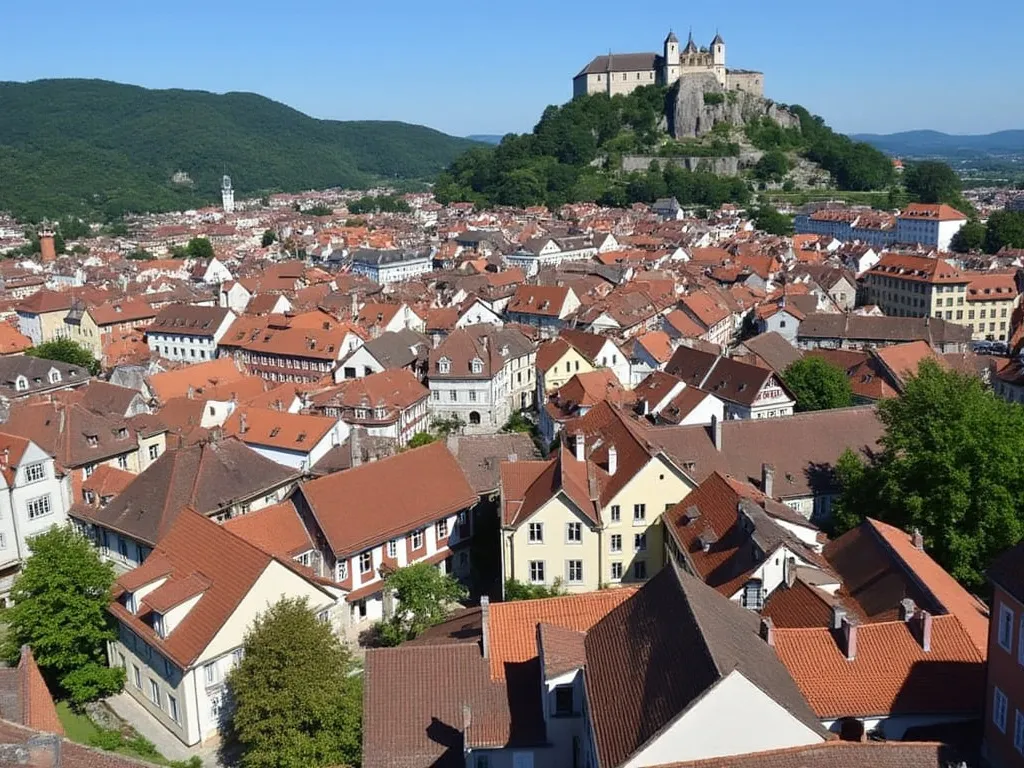
Lomé, the capital and largest city of Togo, is a bustling metropolis that embodies the country's rich cultural heritage and vibrant atmosphere. Located on the Gulf of Guinea, Lomé has a long history dating back to the 18th century, when it was a small fishing village.
Lomé Information
| Country | 🇹🇬 Togo |
| Population | 837,437 (2020 estimate) |
| Coordinates | 6.1379° N, 1.2128° E |
| Area | 90 km² (35 sq mi) |
| Climate | Tropical savanna climate |
| Language | French (official), Ewe, and other local languages |
| Currency | West African CFA franc (XOF) |
| Time zone | GMT (UTC+0) |
| Proximity to other major cities | Approx. 150 km (93 mi) from Accra, Ghana; approx. 600 km (373 mi) from Cotonou, Benin |
Historical Background of Lomé
Lomé's strategic location made it an attractive spot for European colonizers, and in 1884, it became a German protectorate. After World War I, Togo was mandated to Britain, and Lomé remained the capital. The city experienced significant growth during the colonial period, with the establishment of infrastructure, including roads, ports, and administrative buildings.
Geographical Location of Lomé
Lomé is situated in the southeastern part of Togo, on the Gulf of Guinea. The city's coastal location has contributed to its importance as a major port and trade hub. The surrounding landscape is characterized by tropical forests and savannas, with the Togo Mountains to the north.
Cultural Significance of Lomé
Lomé is a melting pot of cultures, with a mix of African, European, and Asian influences. The city is known for its vibrant markets, where visitors can find a variety of local handicrafts, textiles, and cuisine. The National Museum of Togo, located in Lomé, showcases the country's history and cultural heritage.
Economic Importance of Lomé
Lomé is Togo's economic hub, with a diverse economy based on trade, manufacturing, and services. The city's port is one of the busiest in West Africa, handling cargo and containers for the region. The city is also a major center for the production of cotton, coffee, and cocoa.
Interesting Facts About Lomé
- Lomé is home to the University of Lomé, one of the largest universities in West Africa.
- The city has a vibrant music scene, with a mix of traditional and modern styles.
- Lomé is a major center for the production of traditional handicrafts, including woodcarvings and textiles.
Tourist Attractions in Lomé
- The National Museum of Togo, which showcases the country's history and cultural heritage.
- The Lomé Grand Market, where visitors can find a variety of local handicrafts and cuisine.
- The Togo Cathedral, a beautiful Catholic cathedral built in the early 20th century.
Conclusion on Lomé
In conclusion, Lomé is a city that embodies the spirit of Togo and West Africa. Its rich cultural heritage, vibrant atmosphere, and economic importance make it a fascinating destination for visitors and a proud capital for the Togolese people.
 London
London
 Luanda
Luanda
 Lisbon
Lisbon
 Ljubljana
Ljubljana